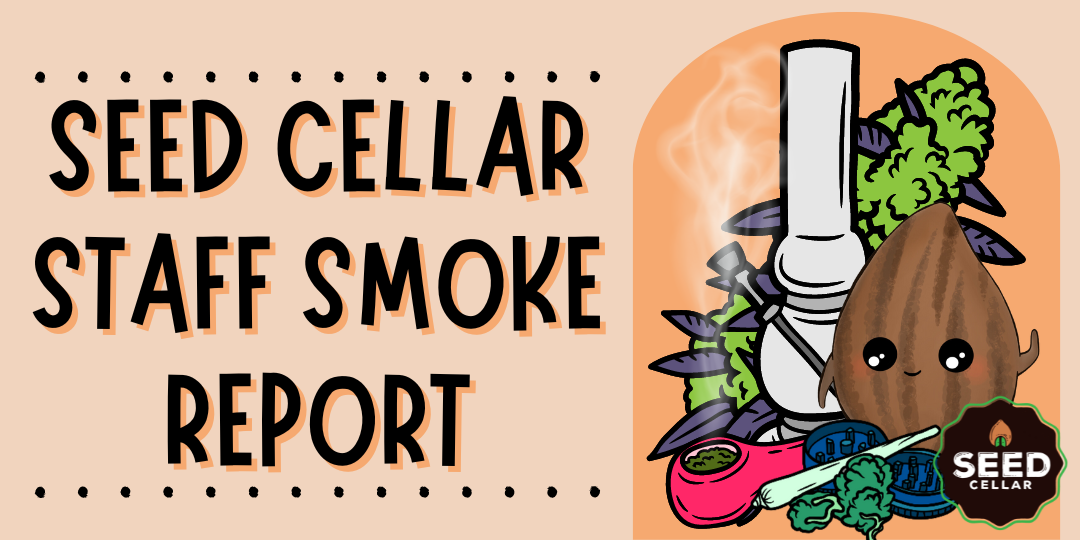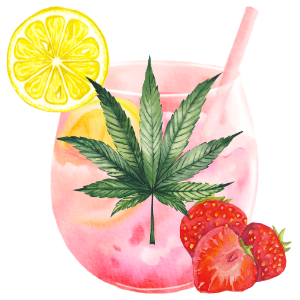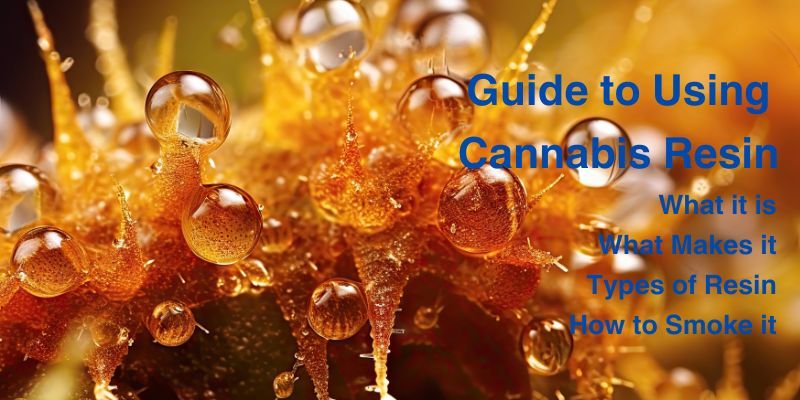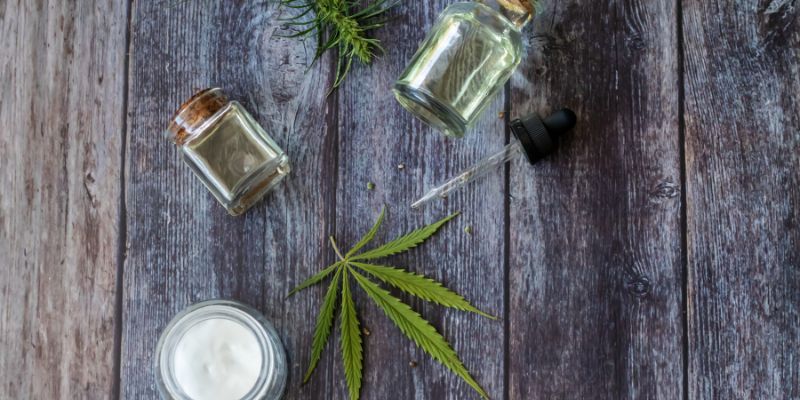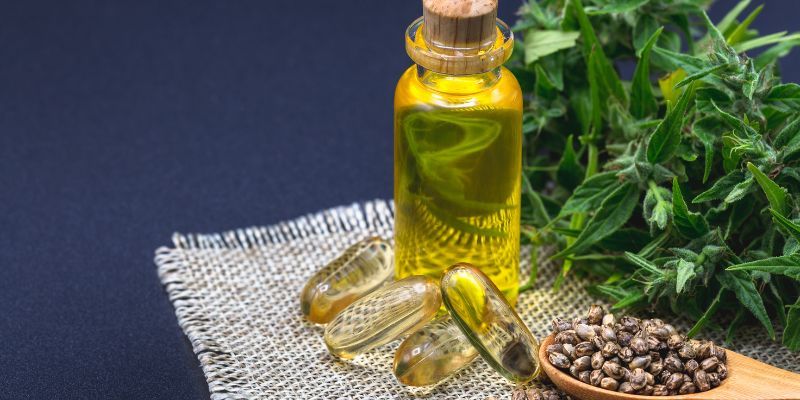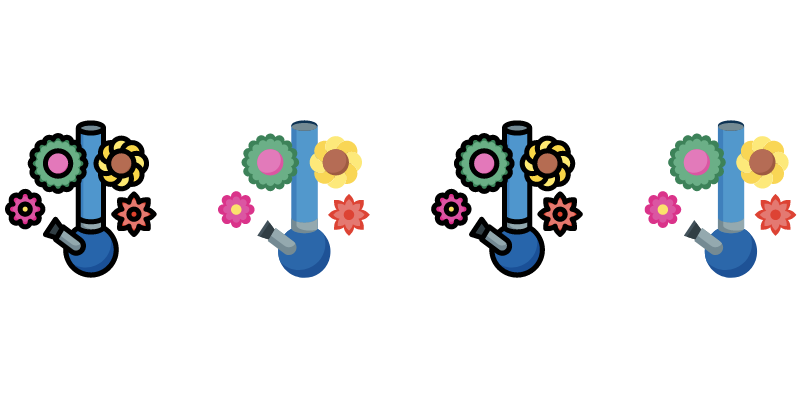[et_pb_section fb_built=”1″ _builder_version=”4.23″ _module_preset=”default” background_color=”#FFFFFF” custom_padding=”1px|||||” global_colors_info=”{}”][et_pb_row admin_label=”intro paragraph” _builder_version=”4.23″ _module_preset=”default” min_height=”115.4px” custom_padding=”||5px|||” global_colors_info=”{}”][et_pb_column type=”4_4″ _builder_version=”4.16″ _module_preset=”default” global_colors_info=”{}”][et_pb_text _builder_version=”4.23″ _module_preset=”default” global_colors_info=”{}”]Cannabis resin is a term that most cannabis users are familiar with, and good quality resin is a sought-after product derived from the cannabis plant that provides potentially high effects. [/et_pb_text][/et_pb_column][/et_pb_row][et_pb_row admin_label=”Table of Contents” _builder_version=”4.16″ _module_preset=”default” custom_padding=”||7px|||” global_colors_info=”{}”][et_pb_column type=”4_4″ _builder_version=”4.16″ _module_preset=”default” global_colors_info=”{}”][et_pb_text admin_label=”table of content text” _builder_version=”4.23″ _module_preset=”default” global_colors_info=”{}”]
Table of Contents
[/et_pb_text][/et_pb_column][/et_pb_row][et_pb_row column_structure=”1_2,1_2″ admin_label=”Chapters” _builder_version=”4.23″ _module_preset=”default” custom_padding=”0px|||||” global_colors_info=”{}”][et_pb_column type=”1_2″ _builder_version=”4.16″ _module_preset=”default” global_colors_info=”{}”][et_pb_text _builder_version=”4.23″ _module_preset=”default” text_font=”Fira Sans||||||||” text_text_color=”#281c2d” header_font=”Fira Sans||||||||” header_2_font=”Fira Sans|700||on|||||” header_2_font_size=”20px” global_colors_info=”{}”]
1. What Is Cannabis Resin?
2. What Makes Up Cannabis Resin?
3. Types of Resin
3.1 Live Resin
3.2 Hash
3.3 Butane Hash Oil
3.4 Rosin
3.5 CO2 Oil
4. How to Smoke Resin
5. Is Resin Edible?
[/et_pb_text][/et_pb_column][et_pb_column type=”1_2″ _builder_version=”4.16″ _module_preset=”default” global_colors_info=”{}”][/et_pb_column][/et_pb_row][et_pb_row admin_label=”1 What Is Cannabis Resin?” _builder_version=”4.23″ _module_preset=”default” global_colors_info=”{}”][et_pb_column type=”4_4″ _builder_version=”4.23″ _module_preset=”default” global_colors_info=”{}”][et_pb_text admin_label=”chapeter heading What Is Cannabis Resin?” module_id=”IPM-Goals” _builder_version=”4.23″ _module_preset=”default” header_2_font=”Fira Sans|700|||||||” header_2_text_color=”gcid-dfca0e9b-c2d5-4a0d-bd54-692f77707a05″ header_2_font_size=”35px” background_image=”https://seedcellar2.wpenginepowered.com/wp-content/uploads/2023/11/What-Is-Cannabis-Resin.jpg” custom_padding=”80px||80px|||” global_colors_info=”{}”]
What Is Cannabis Resin?
[/et_pb_text][et_pb_text admin_label=”chapter text” _builder_version=”4.23″ _module_preset=”default” text_font=”Fira Sans||||||||” text_text_color=”gcid-dfca0e9b-c2d5-4a0d-bd54-692f77707a05″ custom_margin=”25px||||false|false” global_colors_info=”{%22gcid-dfca0e9b-c2d5-4a0d-bd54-692f77707a05%22:%91%22header_2_text_color%22,%22text_text_color%22,%22header_2_text_color%22,%22text_text_color%22%93}”]
Cannabis resin is a byproduct of the cannabis plant and has many uses. Resin is a sticky substance, considered the crown jewel of the cannabis plant, containing high content to provide the intoxicating effects associated with smoking cannabis. Many prefer smoking bud, although quality resin is a versatile product that can be consumed in various ways and usually contains a much higher content. Even if you have a tolerance to smoking pot, you should be careful when consuming resin and start slow and low; do not overdo it.
Resin can be used to supplement other substances like edibles, it can be used to create hash, or can be consumed by itself by vaping or dabbing.
[/et_pb_text][/et_pb_column][/et_pb_row][et_pb_row admin_label=”2 What Makes Up Cannabis Resin?” _builder_version=”4.23″ _module_preset=”default” global_colors_info=”{}”][et_pb_column type=”4_4″ _builder_version=”4.16″ _module_preset=”default” global_colors_info=”{}”][et_pb_text admin_label=”chapter heading What Makes Up Cannabis Resin?” module_id=”IPM-Goals” _builder_version=”4.23″ _module_preset=”default” header_2_font=”Fira Sans|700|||||||” header_2_text_color=”gcid-dfca0e9b-c2d5-4a0d-bd54-692f77707a05″ header_2_font_size=”35px” background_image=”https://seedcellar2.wpenginepowered.com/wp-content/uploads/2023/11/What-Makes-Up-Cannabis-Resin.jpg” custom_padding=”80px||80px|||” global_colors_info=”{}”]
What Makes Up Cannabis Resin?
[/et_pb_text][et_pb_text admin_label=”chapter text” _builder_version=”4.23″ _module_preset=”default” text_font=”Fira Sans||||||||” text_text_color=”gcid-dfca0e9b-c2d5-4a0d-bd54-692f77707a05″ custom_margin=”25px||||false|false” global_colors_info=”{%22gcid-dfca0e9b-c2d5-4a0d-bd54-692f77707a05%22:%91%22header_2_text_color%22,%22text_text_color%22,%22header_2_text_color%22,%22text_text_color%22%93}”]
Resin is produced from the cannabis plant’s trichomes, and in nature, the sticky substance is what protects the plant against insects, infections, and UV damage. Resin acts like a protectant barrier as part of the plant’s immune system to help ensure the survival of the plant. Resin also contains terpenes, which produce the aroma to attract insects required for pollination, necessary for the plant’s survival. Resin has a sticky, luscious consistency similar to tree sap, although instead of consisting of mostly sugars like sap, resin consists of flavonoids and terpenes found in cannabis trichomes. This makes it very aromatic and fragrant with rich, earthy overtones.
Resin is produced by all types of cannabis strains, although the unpollinated female plants produce the greatest amounts of resin. It is typically a golden, amber color, which is what it looks like when originally extracted from the plant, and then will change color due to temperature changes or exposure to oxygen. Resin that has a greenish tint may indicate that it was not correctly filtered from the buds.
[/et_pb_text][/et_pb_column][/et_pb_row][et_pb_row admin_label=”3 Types of Resin” _builder_version=”4.23″ _module_preset=”default” global_colors_info=”{}”][et_pb_column type=”4_4″ _builder_version=”4.16″ _module_preset=”default” global_colors_info=”{}”][et_pb_text admin_label=”chapter heading Types of Resin” module_id=”IPM-Goals” _builder_version=”4.23″ _module_preset=”default” header_2_font=”Fira Sans|700|||||||” header_2_text_color=”gcid-dfca0e9b-c2d5-4a0d-bd54-692f77707a05″ header_2_font_size=”35px” background_image=”https://seedcellar2.wpenginepowered.com/wp-content/uploads/2023/11/Types-of-Resin.jpg” custom_padding=”80px||80px|||” global_colors_info=”{}”]
Types of Resin
[/et_pb_text][et_pb_text _builder_version=”4.23″ _module_preset=”default” text_font=”Fira Sans||||||||” text_text_color=”gcid-dfca0e9b-c2d5-4a0d-bd54-692f77707a05″ custom_margin=”25px||||false|false” global_colors_info=”{%22gcid-dfca0e9b-c2d5-4a0d-bd54-692f77707a05%22:%91%22header_2_text_color%22,%22text_text_color%22,%22header_2_text_color%22,%22text_text_color%22%93}”]
Some people think that resin is the ashy, tarry substance that accumulates in your bowl after smoking for a while. While this is also called resin, it is not pure, live resin. Tarry resin found as an afterproduct from smoking can be referred to as “pipe resin” and is something that we recommend not consuming. This combusted resin will contain a low content level and will provide a very harsh hit that will most likely make you cough, will taste awful, and might actually make you feel sick.
While you might be tempted to roll this tarry substance in a ball and smoke it, if it’s all you’ve got left, consume it at your own risk. It’s already been burned, is full of carbon and ash, and is mostly depleted of content level. Don’t confuse pipe resin with live resin.
The following types of resin are the most popular and sweet variations of resin byproduct:
- Live resin
- Hash
- Butane hash oil (BHO)
- Rosin
- CO2 oil
[/et_pb_text][et_pb_text admin_label=”Subchapter Live Resin” _builder_version=”4.23″ _module_preset=”default” text_font=”Fira Sans||||||||” text_text_color=”gcid-dfca0e9b-c2d5-4a0d-bd54-692f77707a05″ global_colors_info=”{%22gcid-dfca0e9b-c2d5-4a0d-bd54-692f77707a05%22:%91%22header_2_text_color%22,%22text_text_color%22,%22header_2_text_color%22,%22text_text_color%22%93}”]
3.1 Live Resin
Live resin is a specific cannabis concentrate, a favorite among cannabis connoisseurs, that is considered to be one of the highest-quality resins for dabbing. Live resin is made from freshly harvested plants that are immediately frozen, which preserves the terpenes. Flash freezing skips the drying and curing process and preserves the delicate terpene profile and cannabis compounds. The flash-freezing method retains the essential oils, full flavor, and aroma of freshly harvested sugar leaves and buds while not using stems and larger leaves.
Cannabis flower that is subjected to drying and curing and other types of processing causes many of the essential oils to be lost when the plant loses moisture and chlorophyll. Processing with ultra-cold temperatures maintains the cannabis compounds without annihilating the aromatic properties. The delicate process of flash freezing is a favorite method among cannabis enthusiasts and makes live resin stand out from other types of concentrates.
Other methods of producing resin include applying pressure, which can be done at home in a rudimentary method, or reputable sellers utilize lab equipment and technicians to press the buds hydraulically to produce resin.
[/et_pb_text][et_pb_text admin_label=”sub- Subchapter Difference between Live Resin and Other Dabs” _builder_version=”4.23″ _module_preset=”default” text_font=”Fira Sans||||||||” text_text_color=”gcid-dfca0e9b-c2d5-4a0d-bd54-692f77707a05″ custom_margin=”25px||||false|false” global_colors_info=”{%22gcid-dfca0e9b-c2d5-4a0d-bd54-692f77707a05%22:%91%22header_2_text_color%22,%22text_text_color%22,%22header_2_text_color%22,%22text_text_color%22%93}”]
3.1.1 Difference between Live Resin and Other Dabs
The main difference between live resin and other types of concentrates is the method of flash freezing used to produce live resin. Other concentrates such as rosin, wax, and shatter are typically made from dried and cured plant material and include stems and larger leaves. This differs from live resin, which is made exclusively from sugar leaves and fresh buds.
Makers of live resin meticulously select the freshest material to create resin with a much richer aroma and flavor than other types of concentrates and dabs. Live resin has a more malleable and smoother form and is richer in color as the essential oils are preserved and captured in live resin extract.
[/et_pb_text][et_pb_text admin_label=”sub- Subchapter Storing Live Resin” _builder_version=”4.23″ _module_preset=”default” text_font=”Fira Sans||||||||” text_text_color=”gcid-dfca0e9b-c2d5-4a0d-bd54-692f77707a05″ custom_margin=”25px||||false|false” global_colors_info=”{%22gcid-dfca0e9b-c2d5-4a0d-bd54-692f77707a05%22:%91%22header_2_text_color%22,%22text_text_color%22,%22header_2_text_color%22,%22text_text_color%22,%22header_2_text_color%22,%22text_text_color%22%93}”]
3.1.2 Storing Live Resin
Live resin should be stored in an airtight container that blocks UV light in a cool and dark place such as a refrigerator. Silicone or glass storage containers are best for storing live resin, and the silicone is a little easier to scrape the concentrate from the sides.
[/et_pb_text][et_pb_text admin_label=”sub- Subchapter How to Dab Live Resin” _builder_version=”4.23″ _module_preset=”default” text_font=”Fira Sans||||||||” text_text_color=”gcid-dfca0e9b-c2d5-4a0d-bd54-692f77707a05″ custom_margin=”25px||||false|false” global_colors_info=”{%22gcid-dfca0e9b-c2d5-4a0d-bd54-692f77707a05%22:%91%22header_2_text_color%22,%22text_text_color%22,%22header_2_text_color%22,%22text_text_color%22,%22header_2_text_color%22,%22text_text_color%22,%22header_2_text_color%22,%22text_text_color%22%93}”]
3.1.3 How to Dab Live Resin
Live resin is typically consumed by dabbing, or users can top off a bowl or joint with some resin or vape with a nectar collector. Whichever method you choose, you won’t be disappointed with the high-class, extraordinary quality live resin concentrate.
[/et_pb_text][et_pb_text admin_label=”Subchapter Hash” _builder_version=”4.23″ _module_preset=”default” text_font=”Fira Sans||||||||” text_text_color=”gcid-dfca0e9b-c2d5-4a0d-bd54-692f77707a05″ custom_margin=”25px||||false|false” global_colors_info=”{%22gcid-dfca0e9b-c2d5-4a0d-bd54-692f77707a05%22:%91%22header_2_text_color%22,%22text_text_color%22,%22header_2_text_color%22,%22text_text_color%22,%22header_2_text_color%22,%22text_text_color%22,%22header_2_text_color%22,%22text_text_color%22%93}”]
3.2 Hash
Hash is produced by compressing cannabis trichomes from resin into a brick or a ball, which originated in Central Asia. Hash is usually smoked in hookahs, pipes, joints, or mixed with herbs. Hash provides a quick absorption method of content level and can help with insomnia, nausea, and pain.
[/et_pb_text][et_pb_text admin_label=”Subchapter Butane Hash Oil” _builder_version=”4.23″ _module_preset=”default” text_font=”Fira Sans||||||||” text_text_color=”gcid-dfca0e9b-c2d5-4a0d-bd54-692f77707a05″ custom_margin=”25px||||false|false” global_colors_info=”{%22gcid-dfca0e9b-c2d5-4a0d-bd54-692f77707a05%22:%91%22header_2_text_color%22,%22text_text_color%22%93}”]
3.3 Butane Hash Oil
Butane Hash Oil, also known as BHO or honey oil, has a beautiful amber, golden color that resembles honey. It provides fast and strong effects and is one of the most popular methods to consume cannabis resin. BHO is created by using butane, a hydrocarbon, flammable gas, which separates the trichomes from the plant. It produces a golden, pure resin that is a quality hash, although, during the process, many terpenes are destroyed.
[/et_pb_text][et_pb_text admin_label=”Subchapter Rosin” _builder_version=”4.23″ _module_preset=”default” text_font=”Fira Sans||||||||” text_text_color=”gcid-dfca0e9b-c2d5-4a0d-bd54-692f77707a05″ custom_margin=”25px||||false|false” global_colors_info=”{%22gcid-dfca0e9b-c2d5-4a0d-bd54-692f77707a05%22:%91%22header_2_text_color%22,%22text_text_color%22,%22header_2_text_color%22,%22text_text_color%22,%22header_2_text_color%22,%22text_text_color%22%93}”]
3.4 Rosin
Rosin is also produced from cannabis resin and is similar to BHO, except that it is produced with heat and pressure and without the use of solvents. This method allows for the full extraction of oil from the plant and preserves most of the terpenes. Rosin can be produced with a home method of placing the nugs in a piece of parchment paper and using a hair straightener to flatten it for a quick and easy method of extraction. A hydraulic press is used for a more professional method of extraction to create rosin, although these presses can be somewhat expensive.
[/et_pb_text][et_pb_text admin_label=”Subchapter CO2 Oil” _builder_version=”4.23″ _module_preset=”default” text_font=”Fira Sans||||||||” text_text_color=”gcid-dfca0e9b-c2d5-4a0d-bd54-692f77707a05″ custom_margin=”25px||||false|false” global_colors_info=”{%22gcid-dfca0e9b-c2d5-4a0d-bd54-692f77707a05%22:%91%22header_2_text_color%22,%22text_text_color%22,%22header_2_text_color%22,%22text_text_color%22,%22header_2_text_color%22,%22text_text_color%22%93}”]
3.5 CO2 Oil
CO2 oil is also called CO2 hash oil or CO2 cannabis oil and is made with a method that uses carbon dioxide to extract the cannabis plant compounds. The method of extracting CO2 oil requires expertise and expensive equipment.
[/et_pb_text][/et_pb_column][/et_pb_row][et_pb_row admin_label=”4 How to Smoke Resin” _builder_version=”4.23″ _module_preset=”default” global_colors_info=”{}”][et_pb_column type=”4_4″ _builder_version=”4.16″ _module_preset=”default” global_colors_info=”{}”][et_pb_text admin_label=”chapter heading with background” module_id=”3-Worker-Protection” _builder_version=”4.23″ _module_preset=”default” header_2_font=”Fira Sans|700|||||||” header_2_text_color=”#FFFFFF” header_2_font_size=”35px” background_image=”https://seedcellar2.wpenginepowered.com/wp-content/uploads/2023/11/How-to-Smoke-Resin.jpg” custom_padding=”80px||80px||false|false” global_colors_info=”{}”]
How to Smoke Resin
[/et_pb_text][et_pb_text admin_label=”chapter text” _builder_version=”4.23″ _module_preset=”default” custom_margin=”25px||||false|false” global_colors_info=”{%22gcid-dfca0e9b-c2d5-4a0d-bd54-692f77707a05%22:%91%22text_text_color%22%93}”]
How you smoke resin depends on the type of resin product you have. A vaping device is required for consuming liquid versions. Hash oil often comes in premade cartridges. A dab rig is ideal for consuming concentrates like rosin, or a bong or pipe can also be used.
[/et_pb_text][/et_pb_column][/et_pb_row][et_pb_row admin_label=”5 Is Resin Edible?” _builder_version=”4.23″ _module_preset=”default” global_colors_info=”{}”][et_pb_column type=”4_4″ _builder_version=”4.16″ _module_preset=”default” global_colors_info=”{}”][et_pb_text admin_label=”chapter heading with background” module_id=”3-Worker-Protection” _builder_version=”4.23″ _module_preset=”default” header_2_font=”Fira Sans|700|||||||” header_2_text_color=”#FFFFFF” header_2_font_size=”35px” background_image=”https://seedcellar2.wpenginepowered.com/wp-content/uploads/2023/11/Is-Resin-Edible.jpg” custom_padding=”80px||80px||false|false” global_colors_info=”{}”]
Is Resin Edible?
[/et_pb_text][et_pb_text admin_label=”chapter text” _builder_version=”4.23″ _module_preset=”default” text_font=”Fira Sans||||||||” text_text_color=”gcid-dfca0e9b-c2d5-4a0d-bd54-692f77707a05″ custom_margin=”25px||||false|false” global_colors_info=”{%22gcid-dfca0e9b-c2d5-4a0d-bd54-692f77707a05%22:%91%22header_2_text_color%22,%22text_text_color%22,%22header_2_text_color%22,%22text_text_color%22,%22header_2_text_color%22,%22text_text_color%22%93}”]
Edibles are a very popular form of consuming cannabis products, and many people want to know if they can eat resin. Most forms of resin will not produce a high if eaten. Resin must be decarboxylated order to produce psychoactive effects. Consuming raw cannabis will not produce psychoactive effects. It is especially unwise to attempt to eat pipe resin, the black, tarry substance at the bottom of your pipe. This can include live bacteria or solvents and can make you feel sick.
Cannabis resin is highly concentrated, so make sure that you are aware of your tolerance levels and determine the appropriate amount before consuming. Cannabis resin is a high-quality, high-potent product where a little goes a long way. The best resin is produced from the best quality of plants, which only come from high-quality cannabis seeds.
[/et_pb_text][et_pb_text admin_label=”Closing” module_id=”3-1-WPS” _builder_version=”4.23″ _module_preset=”default” text_font=”Fira Sans||||||||” text_text_color=”gcid-dfca0e9b-c2d5-4a0d-bd54-692f77707a05″ custom_margin=”25px||||false|false” global_colors_info=”{%22gcid-dfca0e9b-c2d5-4a0d-bd54-692f77707a05%22:%91%22header_2_text_color%22,%22text_text_color%22,%22header_2_text_color%22,%22text_text_color%22,%22header_2_text_color%22,%22text_text_color%22%93}”]
The Seed Cellar offers the best quality cannabis seeds online, as well as a brick-and-mortar store in Michigan where we provide exceptional customer service. Always start your grow with stellar seeds to produce trichome-rich buds best used for producing resin. Check out The Seed Cellar now for a wide selection of quality cannabis seeds online for growing frosty, glistening buds best for making your own hash or resin products.
[/et_pb_text][/et_pb_column][/et_pb_row][/et_pb_section]


